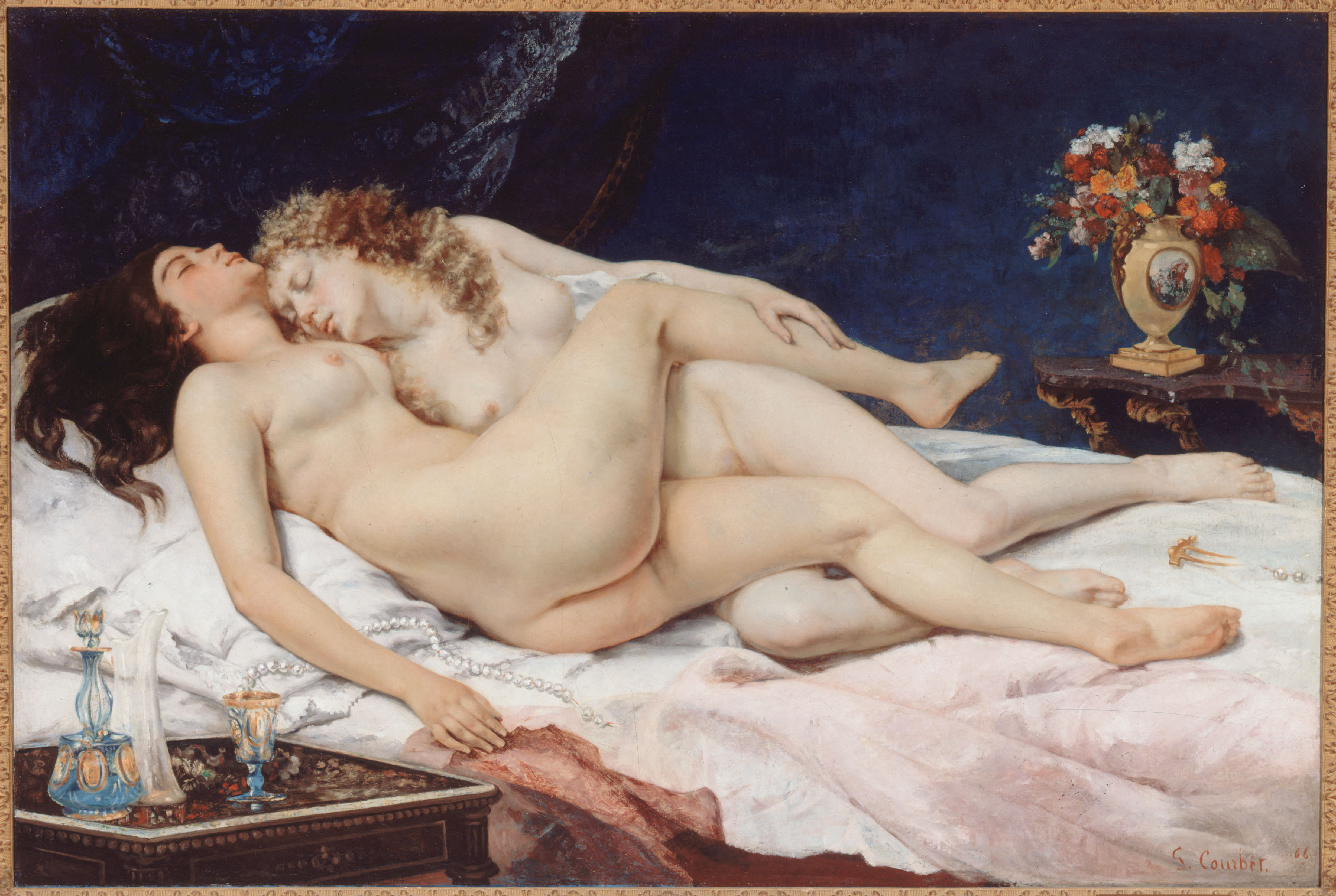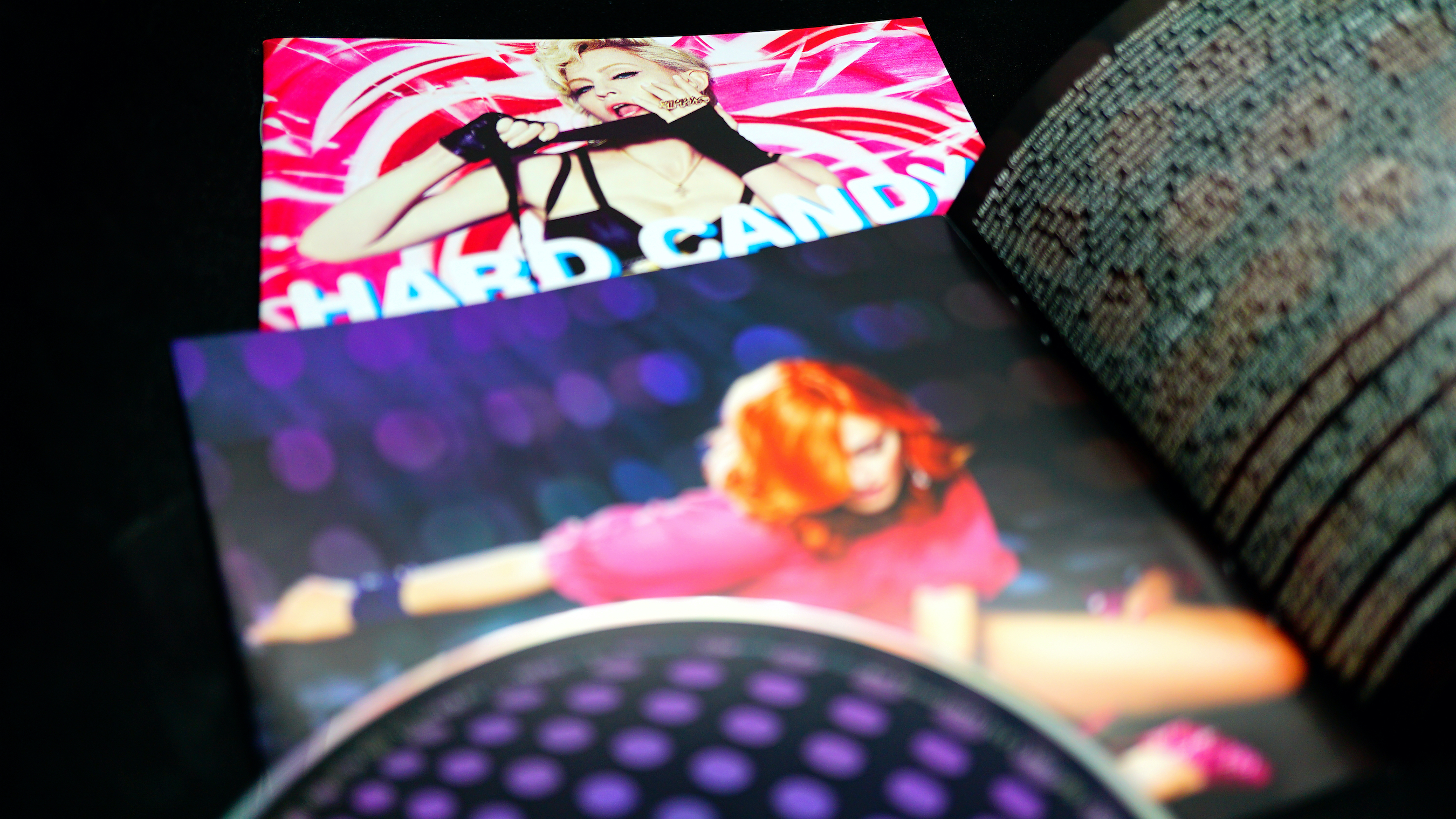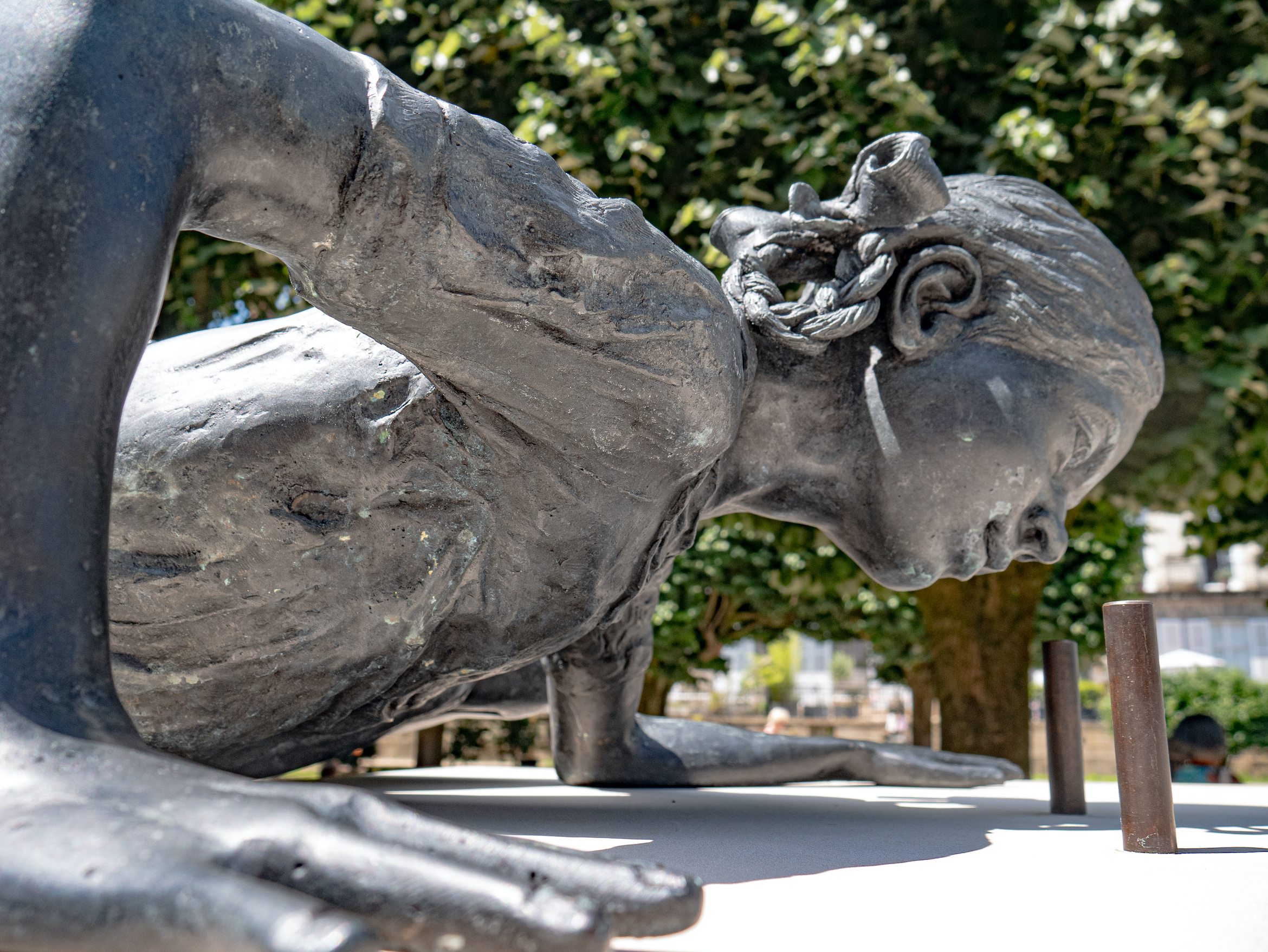Past transgressions
I was recently asked to write an essay about transgression, and I was forced to stop and rethink the concept. I also had to reconsider how central it’s been throughout all my work and education. Everything considered, I ended up titling the piece, Transgression, An Elegy, because I think it’s kind of an exhausted concept at this point.
I went to art school and was educated in the tradition of transgression and the avant-garde. We were taught that the tradition began in 1863 in Paris with the Salon des Refusés, where the artists who had been rejected from the state-sponsored salon formed their own exhibition. This was the origin of modern art and the avant-garde.
Naturally, there has always been this impulse in modern art to rebel against whatever was the dominant tradition. Early on, that point was classicism. However, throughout the following century, artists rebelled against every form of prevailing aesthetic and dominant norms.
An assault on norms
It’s common to think about transgression in aesthetic terms; that’s always been important to me. Another way is to look at the concept in more structural terms. For example, every time you have some institution or norm, you’re inviting the opportunity for its transgression. You have the church, and then you have blasphemy and sacrilege; or you have the military, and then you have deserters. If you have a monogamous marriage, which is a subject I’ve written about, you have the possibility of adultery as a built-in transgression.
The concept has been very central to me because I was educated to think about it. As an assault on norms and dominant institutions, transgression can also be thought of as politically radical.
Shock the bourgeoisie
Take, for example, an artist like Duchamp with his urinals in the art gallery. This was an assault on the idea that art is concerned with the aesthetic meaning of beauty and aesthetic norms. This form of disruption was at some level thought to have a political kind of valence.
Moreover, the audience of such a piece is mostly bourgeoisie. Of course, in the avant-garde, the famous slogan is “shock the bourgeoisie”. Those shocks were seen to have some beneficially disruptive effects. They disrupted the psychical stability of the bourgeois subject. Still, in another way, they were also aligned with unspecified political movements that meant to overthrow existing forms of power.
An affront to the culture
The culture wars in the last part of the 20th century saw artists affronting conservatives with transgressive art. One of the most well-known examples is Andres Serrano’s Piss Christ, which depicted the crucifix submerged in urine. Naturally, there was vast outrage and attempts at censorship and that kind of thing following its release.
The people who were offended by this were mostly conservative and religious. Yet, the museums defended its transgression and kind of mocked the people who were offended. Rightly or not, conservatives were largely thought to be morons, and the entire purpose was to offend them.
Moreover, if you were an artist, being transgressive and offensive was seen as part of your job. This is true both of the 19th century avant-garde, the 20th century movements like surrealism and other genres. Indeed, all the ways of defining what an artist is suggests that the artist’s role is to disrupt norms and conventions and to upset people.
Offending progressives
At some point, however, something shifted from the culture wars of the late 20th century. Whereas conservatives were formerly the offended people, those reacting became people who identified as progressives on the left.
Indeed, you see a rise in sensitivity. In the aesthetic sphere, offending people’s sensibilities becomes seen as a kind of assault in a new way. This new kind of assault is not celebrated.
Body-based performance art
One of the things that avant-garde transgression relied on throughout the 20th century was the notion of a separation between art and life. However, towards the 70s, new forms of body-based performance art sought to bridge this distance. This was thought to be beneficial in some way.
One extreme example is Vito Acconci, who famously put himself under a ramp in the Sonnabend gallery. There, he was masturbating and broadcasting the sounds in the gallery. That was the art piece, his kind of getting off on the sounds of gallery visitors as they were walking above him.
Indeed, this is an example of how the boundary between art and life was abridged. At that time, the act was celebrated. However, it also simultaneously relied on a sort of enclosure around the aesthetic. If somebody were doing that on the street, they would likely be arrested.
In other words, even though there was an imperative to cross this border between art and life, that work relied on the existence of the border to gain credibility. Without that border, you would just have this guy masturbating in the gallery.
Trying to transgress
I think many artists of the 20th century spent a lot of effort trying to transgress this boundary between art and life. Take Chris Burden, for example, who shot himself or nailed himself to a Volkswagen. There was a lot of body-based performance art. Overall, the change that occurred is a bit difficult to generalise. The distance that this art relied on has practically disappeared.
Again, it was formerly the point of the avant-garde to offend gallery-goers, and that was seen as beneficial. Recently, however, when somebody goes into a gallery, that’s no longer the case. For example, the Whitney exhibition showcased an abstract painting of Emmett Till’s casket. This painting became incredibly controversial because a white woman painted it. Indeed, many gallery-goers and people of colour said that she didn’t have the right to use this image. Many claimed that they were affronted and traumatised by seeing this image.
The rise of trauma
The idea of trauma has taken over. The shift has occurred to such an extent that it’s almost replaced transgression as a kind of central cultural motif or cultural idiom. Indeed, trauma or being affronted is so central to the aesthetic experience now that I think many seek out these experiences. They seek out being offended to then call out the offending person and the object behind it. With things like the painting of Emmett Till’s casket, they claim it should never have existed and nobody should have had to see it because it was so traumatising.
Overall, the balance is shifting between these two trends. Transgression was the dominant aesthetic when I was educated. These days, I think it has mostly been replaced by trauma and affront.
Working in a transgressive mode at this point, if you are genuinely transgressing anything, actually feels dangerous in a way that it previously didn’t. I spent a lot of my career playing around with boundaries. I wrote things that people were affronted by, partly because I always questioned these norms.
For instance, I wrote a feminist book that was pro-pornography when the feminist anti-pornography movement was pretty dominant. I wrote a book called Against Love that celebrated adultery and how adulterers transgress domestic monogamy’s conventions and norms. I wrote about campus sexual politics and teacher-student romances.
However, the conditions have changed. In the past, people were, in some ways, interested in the experience of being provoked. Now, creating something genuinely provocative could end your career. Although there is some debate as to whether cancel culture exists, you certainly have the experience of people being mobbed on the internet in ways that can be career-ending. It’s daunting for those interested in exploring dangerous or unacceptable ideas.
Overall, I think transgression has been put into decline by the rise of affront and ideas about trauma. As such, the cultural field has narrowed, which is something I regret. The subject matter that writers and artists feel capable of addressing feels much more restricted.


